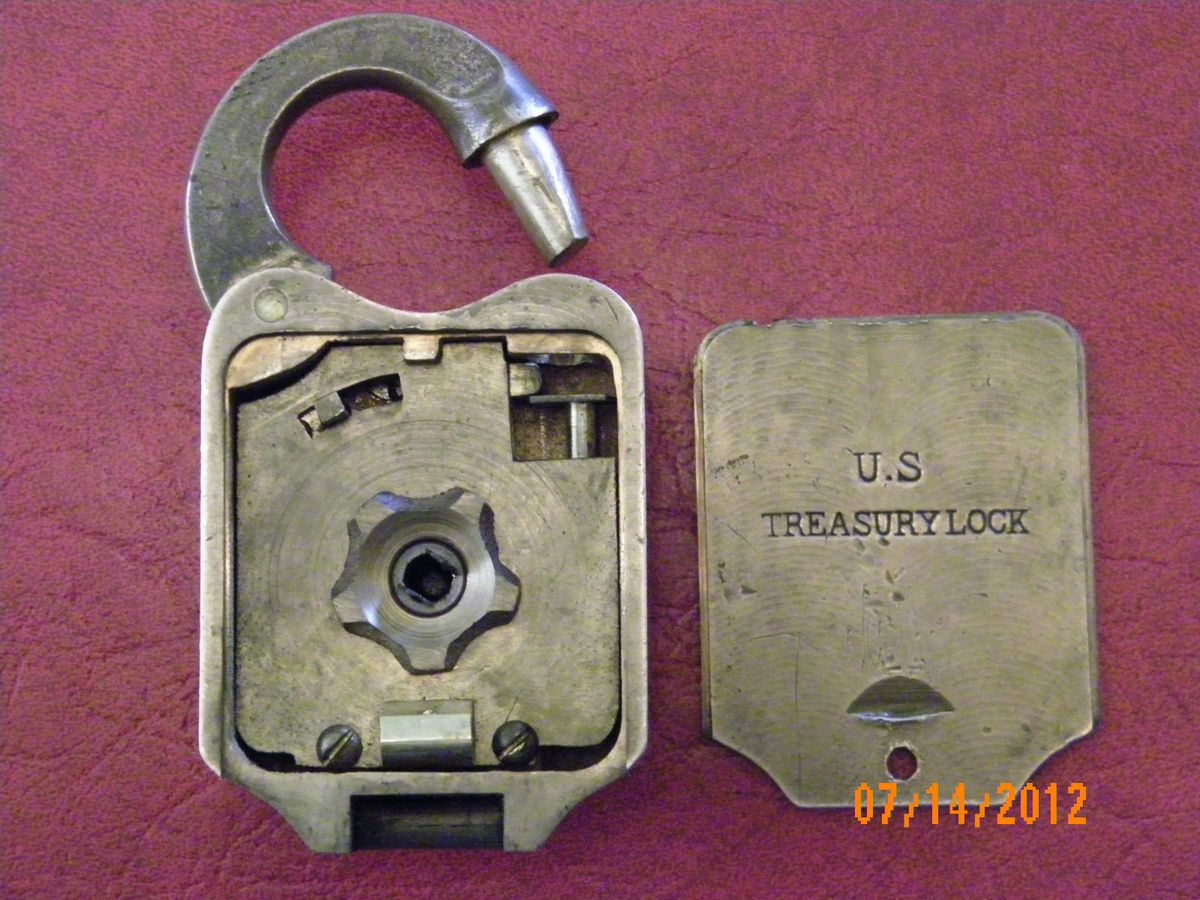Treasury Lock Overview and Examples in Fixed Income Trading

Contents
Treasury Lock: Overview and Examples in Fixed Income Trading
What Is a Treasury Lock?
A Treasury lock is a hedging tool used to manage interest-rate risk by securing current day’s interest rates on federal government securities for future expenses.
A Treasury lock can also be referred to as a bond lock.
Key Takeaways
- A Treasury lock is an agreement between a company and an investor that locks the price or yield of a security.
- The lock accounts for fluctuations in Treasury bond yield between proposing and finalizing a transaction.
- The strategy guarantees a set return for an investor or creates an interest rate hedge.
- Participants in a Treasury lock either pay or receive the difference between the lock price and market interest rates.
How a Treasury Lock Works
During the time it takes to complete a financial transaction, there is a risk that the yield of the Treasury bond will move adversely to the company’s transaction plan. To manage this risk, a company or investor may buy a Treasury lock. This customized agreement between the issuer of a security and the investor locks the price or yield of the security, guaranteeing a fixed return or creating an interest rate risk hedge. The lock acts as a separate security in addition to the Treasury.
Understanding a Treasury Lock
Treasury locks are customized derivatives with a duration of one week to 12 months. They cost nothing upfront to enter into and are cash-settled when the contract expires. The parties involved either pay or receive the difference between the lock price and market interest rates. Treasury locks allow companies to lock in benchmark rates for future debt financing.
Treasury Lock Example
For example, a company issuing bonds at a prevailing interest rate of 4% may purchase a Treasury lock to hedge against the risk of interest rates increasing before pricing the securities. The Treasury lock settlement will involve paying or receiving the difference between the prevailing Treasury rate and 4%. If rates are higher, the seller pays the difference. If rates are lower, the company pays the difference. These payments are offset by corresponding changes in coupon rates and bond yields when the issue is priced.



